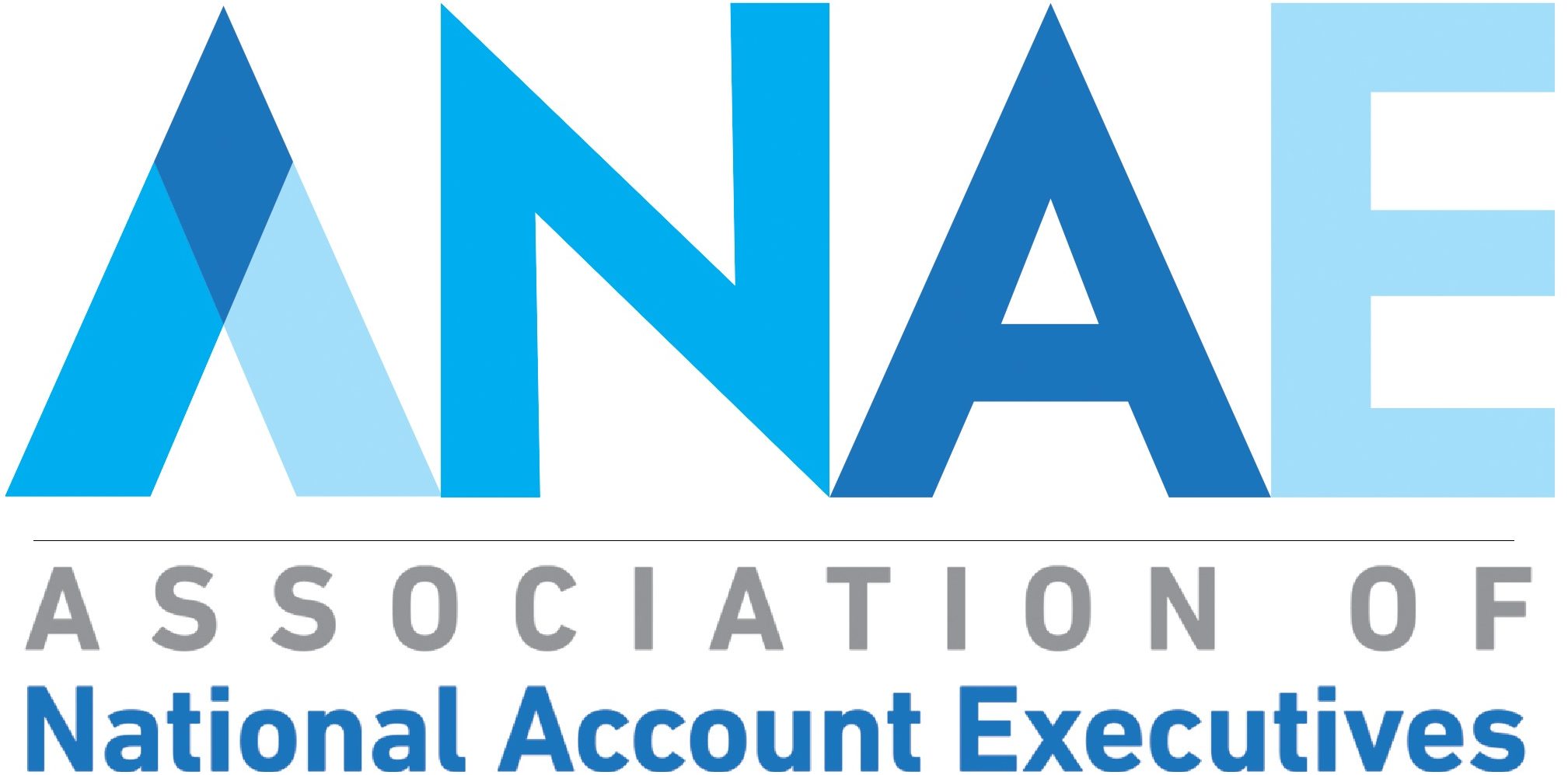
For over 25 years we have worked with small, innovative, and diverse companies with great ideas, quality products produced in the US, and touting green value, but often it was a hard sell to providers.
The problem? It cost more to produce in the US.
The result? “Yes, we believe in all those things but we won’t pay more.”
Fast forward to March 2020 when PPE took center stage. For decades providers pushed suppliers to save money and the only way was to build manufacturing plants where labor costs were low: Mexico, Dominican Republic, China, and SE Asia. It took the pandemic to wipe away years of saving pennies to lose millions of dollars in demand pricing escalations, aka price gouging. A surgical N95 mask pre-COVID was less than $1.00. During COVID Hospitals are paying $3-6 per mask—if they can find product.
Between the increase in supply cost, and the loss of revenue from halted elective procedures, the healthcare industry has suffered a tremendous financial blow. Many hospitals were already struggling to get by, even those that were making money were seeing single digit profit; a few large systems on the cutting edge; many more on the bleeding edge.
The pandemic has put a spotlight on the challenges hospital systems face. Balancing between fee-for-service, which can drive up cost, to value based care has been a challenge; add labor costs that continue to escalate and one can imagine how the pandemic has changed everything. The result: rural hospitals will close or redefine their role in healthcare as nursing homes or urgent care facilities. Mergers and acquisitions will be facilitated by the inevitable bankruptcies of facilities that could not keep up with change; the big will get bigger. Large IDNs will become larger IDNs.
From a supplier perspective, a similar scenario may play out. Buyers will look to the safety of the existing contracts and large supplier relationships. Hucksters looking to cash in on the PPE craze have bombarded GPOs and IDNs; separating the wheat from the chaff is a major challenge. Unfortunately, the loss of income by many small suppliers may force them to go out of business eliminating competition and opening the door to eventual price increases. It will be frustrating to see this play out when there are so many qualified companies looking to help. There are domestic healthcare companies that can still provide value, not just in PPE but in many areas that will become the future for healthcare systems to carry out their mission: provide the best quality care and outcomes at a fair cost without causing harm.
How can suppliers help?
With hospital access limited and meetings cancelled, it’s more difficult than ever to introduce new products and services with better value to providers. Quality suppliers with integrity have to distinguish themselves not by e-mail blasts, but by educating the right people on their solution and building relationships with progressive nursing and physician leadership, value analysis professionals and corporate supply chain leaders. Take the time to learn more about IDNs within your geography or responsibility. Furloughs, reduced compensation, and red ink are everywhere. Find out how they are coping and what the system needs moving forward; see if you can be part of the solution, not part of the problem. With face-to-face meetings cancelled for most of this year, we may have to do it virtually; a low cost efficient way to demonstrate products and solutions to a variety of stakeholders at one time.
How can supply chain leaders help?
By embracing suppliers who present a total cost of ownership solution and Presenting those solutions to executive nursing and administration. Showing solutions that help nurses and doctors become more efficient, reducing burnout, improving the patient experience, reducing infections, falls, pressure injuries, and back injuries. These solutions are all double digit savings and yes, some are hard to quantify. But this could be CQO on steroids (in moderation).
In addition to inviting small, diverse companies to participate in RFPs at a GPO and IDN level, is this an opportunity to go beyond Value Analysis to actually “incubate” some of these innovative start ups by helping them navigate the complexity of our system today?
This may be a chance to really change the landscape in many ways. The public is now embracing telemedicine. The pandemic may even drive behavioral change as the most at risk are not just elderly, but those with existing conditions caused by lifestyle choices. We can only hope.
Before COVID-19, progressive systems were experimenting with telemedicine, remote monitoring and meeting the healthcare needs of the communities they serve where the communities live. Just as Netflix, UBER, Tesla, and Amazon have changed us, large market share suppliers will be challenged by small nimble low-cost solutions from a watch to a tablet, to portable ultrasound, wireless monitoring, software that tracks products and equipment, careboards to improve efficiency and patient experience, beds that provide hands free pulmonary therapy and monitor vital signs. Will systems consider more outsourcing for efficiency like transportation and lab services? Technology exists for reps to remotely “participate” in complex surgical procedures, reducing risk and saving money.
Let’s make this crisis an opportunity to embrace a change in the way providers and suppliers work together. I welcome your comments and suggestions.
Ken Murawski
President
HealthCare Links
Linking Buyers & Suppliers together—for over 25 years!
www.Healthcarelinks.org
Cell: 914.953.9363
HealthCare Links is an outsource Corporate Accounts company. For over 25 years we have helped manufacturers of medical devices and service companies understand, develop a relationship, and contract with all the major GPOs (Group Purchasing Organizations) and over 100 regional IDNs (Integrated Delivery Networks) across the country. www.healthcarelinks.org.

